Home>Furniture & Design>Interior Design Trends>What Is A Cordial Glass
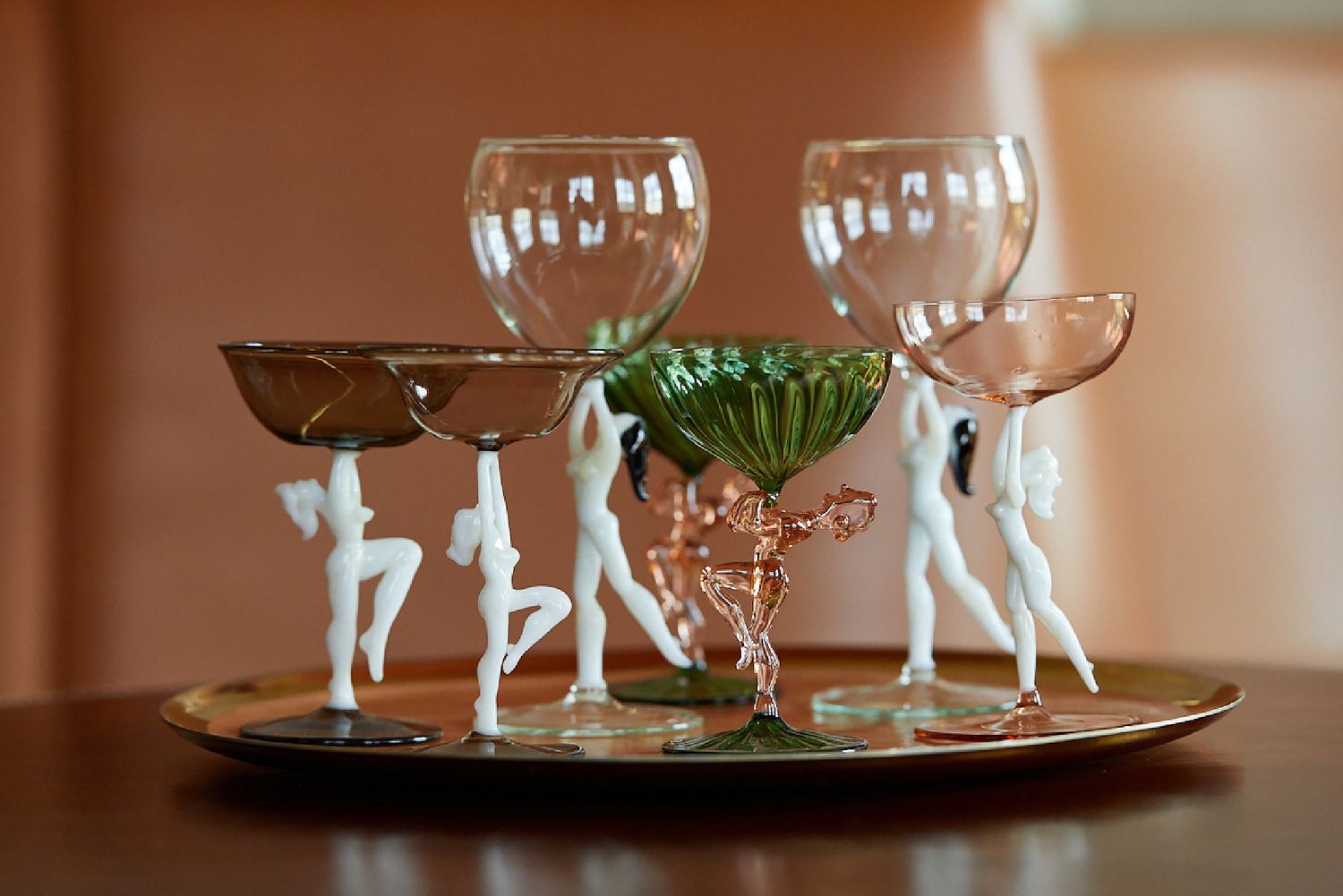

Interior Design Trends
What Is A Cordial Glass
Published: February 4, 2024
Discover the latest interior design trends for cordial glasses and elevate your home bar with style and sophistication. Explore the perfect cordial glass for your next gathering.
(Many of the links in this article redirect to a specific reviewed product. Your purchase of these products through affiliate links helps to generate commission for Storables.com, at no extra cost. Learn more)
Introduction
Cordial glasses, often associated with elegance and refinement, play a significant role in the world of glassware. These small, stemmed vessels are designed for serving and sipping after-dinner drinks, such as liqueurs, fortified wines, and spirits. The delicate nature of cordial glasses adds a touch of sophistication to any gathering, making them a staple in the realm of fine dining and entertaining.
Cordial glasses are not merely functional vessels; they are a symbol of conviviality and indulgence. Their diminutive size encourages savoring the rich aromas and complex flavors of the beverages they hold, creating an intimate and pleasurable drinking experience. Whether used for formal occasions or casual get-togethers, cordial glasses add a touch of luxury to the act of imbibing, elevating the enjoyment of after-dinner drinks to a new level.
The history, characteristics, uses, and types of cordial glasses all contribute to their enduring appeal. Understanding the nuances of these exquisite vessels can enhance one's appreciation for the art of serving and enjoying fine beverages. Moreover, learning how to choose the right cordial glass can elevate the overall drinking experience, ensuring that every sip is savored in style.
As we delve into the world of cordial glasses, we will explore their rich history, delve into their unique characteristics, and uncover the various types available. Additionally, we will discuss the practical uses of cordial glasses and provide valuable insights on selecting the perfect vessel for your favorite after-dinner libations. Join us on this journey as we unravel the allure and significance of cordial glasses in the realm of hospitality and indulgence.
Key Takeaways:
- Cordial glasses are elegant, small vessels designed for sipping after-dinner drinks. They enhance the drinking experience by concentrating aromas and adding a touch of sophistication to any gathering.
- When choosing a cordial glass, consider the drink type, glass shape, stem length, glass thickness, and overall aesthetics to ensure an optimal drinking experience. Each type of cordial glass is crafted to enhance the sensory experience of savoring specific types of after-dinner drinks.
Read more: What Is A Lowball Glass
History of Cordial Glasses
The history of cordial glasses is intertwined with the evolution of drinking culture and the art of hospitality. The origins of these elegant vessels can be traced back to the European Renaissance, a period characterized by a flourishing of arts, culture, and refinement. During this time, the consumption of sweet, aromatic liqueurs and fortified wines became increasingly popular among the nobility and affluent classes. As a result, the demand for specialized glassware to enhance the enjoyment of these indulgent beverages grew significantly.
The earliest cordial glasses were crafted by skilled artisans using traditional glassblowing techniques. These exquisite vessels were meticulously designed to showcase the vibrant colors and intricate patterns of the liqueurs they held. With their delicate stems and petite bowls, cordial glasses exuded an air of sophistication and luxury, reflecting the opulence of the Renaissance era.
As the art of glassmaking continued to evolve, cordial glasses underwent various stylistic transformations, adapting to the changing tastes and preferences of different time periods. In the 18th and 19th centuries, the production of cordial glasses flourished, with glassmakers across Europe and America creating an array of designs to cater to the growing demand for these specialized vessels.
During the Victorian era, cordial glasses became an essential component of formal dining and social gatherings, symbolizing refinement and elegance. The intricate patterns and ornate embellishments adorning these glasses reflected the prevailing aesthetic sensibilities of the time, further elevating their status as coveted pieces of glassware.
In the modern era, the allure of cordial glasses continues to endure, with contemporary artisans and glassmakers drawing inspiration from historical designs while infusing their creations with innovative touches. Today, cordial glasses are cherished for their timeless elegance and their ability to enhance the sensory experience of savoring fine liqueurs and spirits.
The rich history of cordial glasses serves as a testament to their enduring appeal and their integral role in the art of hospitality. From their humble origins in the Renaissance to their continued presence in today's dining and entertaining culture, cordial glasses embody a legacy of craftsmanship, refinement, and conviviality, making them a cherished symbol of indulgence and sophistication.
Characteristics of Cordial Glasses
Cordial glasses are characterized by their petite size and delicate design, which are tailored to enhance the enjoyment of after-dinner drinks. These exquisite vessels typically feature a slender stem that elegantly supports a small bowl, creating a visually appealing silhouette that exudes sophistication and refinement. The following are the key characteristics that define cordial glasses:
-
Size: Cordial glasses are notably smaller than traditional wine or cocktail glasses, with a capacity ranging from 1 to 2 ounces. The diminutive size is intentional, as it encourages the consumption of small, concentrated sips, allowing the drinker to savor the complex flavors and aromas of the liqueur or spirit.
-
Stemmed Design: The elongated stem of a cordial glass serves both functional and aesthetic purposes. It allows the drinker to hold the glass without warming the contents with body heat, preserving the optimal serving temperature. Additionally, the stem adds an element of elegance and sophistication to the overall appearance of the glass.
-
Bowl Shape: The bowl of a cordial glass is typically small and tulip-shaped, tapering slightly towards the top. This design concentrates the aromas of the beverage, enhancing the olfactory experience and allowing the drinker to fully appreciate the nuanced scents of the liqueur or spirit.
-
Thin Walls: Cordial glasses are crafted with thin, delicate walls, which serve to showcase the clarity and color of the drink they hold. The thinness of the glass also contributes to the overall sensory experience, allowing the drinker to perceive the texture and viscosity of the beverage with each sip.
-
Elegant Embellishments: Many cordial glasses feature intricate embellishments, such as etched patterns, cut glass designs, or decorative accents on the stem and bowl. These embellishments add a touch of artistry and luxury to the glass, elevating its visual appeal and making it a captivating addition to any table setting.
-
Versatility: While traditionally used for serving after-dinner drinks, cordial glasses are also suitable for presenting small dessert portions, such as mousses or sorbets. Their dainty size and elegant design make them versatile vessels for a variety of culinary delights.
The characteristics of cordial glasses reflect a harmonious blend of functionality and aesthetics, embodying the essence of refinement and indulgence. These exquisite vessels are meticulously designed to enhance the sensory experience of savoring fine liqueurs and spirits, making them an essential component of sophisticated dining and entertaining.
Uses of Cordial Glasses
Cordial glasses serve a multitude of purposes, extending far beyond their traditional role as vessels for after-dinner drinks. Their petite size and elegant design make them versatile additions to the world of glassware, offering a range of practical and aesthetic uses. Here are the various ways in which cordial glasses can be employed:
-
Serving Liqueurs and Spirits: The primary function of cordial glasses is to serve and savor liqueurs, fortified wines, and spirits. Their small capacity encourages measured consumption, allowing drinkers to appreciate the intricate flavors and aromas of these indulgent beverages.
-
Enhancing the Drinking Experience: Cordial glasses are designed to heighten the sensory experience of enjoying after-dinner drinks. The delicate shape and thin walls of the glass concentrate the aromas, while the stemmed design maintains the optimal serving temperature, ensuring that every sip is a moment of pure indulgence.
-
Presenting Desserts: Beyond their role in serving drinks, cordial glasses can be utilized as elegant vessels for presenting small dessert portions. Whether it's a delectable mousse, a layered trifle, or a refreshing sorbet, these glasses add a touch of sophistication to the presentation of sweet treats.
-
Decorative Accents: Cordial glasses can serve as decorative accents in table settings and home decor. When not in use, they can be displayed as part of a curated glassware collection, adding a touch of refinement to the ambiance of a room.
-
Creative Culinary Applications: In the realm of culinary creativity, cordial glasses can be repurposed for serving individual appetizers, amuse-bouches, or miniature culinary creations. Their dainty size and elegant design make them ideal for presenting visually appealing and delectable culinary delights.
-
Gifting and Favors: Cordial glasses make exquisite gifts or party favors for special occasions such as weddings, anniversaries, or milestone celebrations. Their timeless elegance and practical utility make them a thoughtful and sophisticated token of appreciation.
The versatility of cordial glasses extends beyond their traditional use, making them indispensable elements of both formal and casual dining experiences. Their ability to enhance the presentation and enjoyment of beverages and culinary creations underscores their significance as cherished pieces of glassware, adding a touch of luxury to everyday indulgences.
Types of Cordial Glasses
Cordial glasses come in a diverse array of styles, each tailored to complement specific types of after-dinner drinks and to cater to individual preferences. The following are some of the most notable types of cordial glasses, each distinguished by its unique design and intended use:
-
Traditional Cordial Glass: This classic cordial glass features a small, tulip-shaped bowl atop a slender stem. It is ideal for serving aromatic liqueurs and fortified wines, allowing the drinker to savor the nuanced flavors and aromas with each delicate sip.
-
Sherry Glass: Characterized by a slightly elongated bowl and a short stem, the sherry glass is designed to showcase the rich amber hues of sherry and port wines. Its compact size encourages measured consumption, making it a perfect vessel for enjoying these fortified wines.
-
Liqueur Glass: Liqueur glasses typically have a wider bowl and a shorter stem, allowing for the presentation of creamy or viscous liqueurs. The broader shape of the bowl facilitates the release of complex aromas, enhancing the sensory experience of sipping indulgent liqueurs.
-
Cordial Shot Glass: This variation of the cordial glass features a compact, cylindrical shape with a thick base. It is well-suited for serving small measures of potent spirits or flavored liqueurs, offering a modern and streamlined take on traditional cordial glasses.
-
Cut Crystal Cordial Glass: Adorned with intricate cut glass patterns and embellishments, cut crystal cordial glasses exude opulence and sophistication. The faceted designs refract light, creating a dazzling display that enhances the visual appeal of the beverages they hold.
-
Miniature Goblet: Resembling a diminutive version of a wine goblet, the miniature goblet features a wider bowl and a more substantial stem. It is often used for serving dessert wines and sweet liqueurs, adding an element of grandeur to the presentation of these indulgent libations.
-
Vintage Cordial Glass: Reflecting the design sensibilities of past eras, vintage cordial glasses encompass a wide range of styles, from ornate Victorian designs to sleek Art Deco-inspired silhouettes. These timeless vessels evoke a sense of nostalgia and elegance, adding a vintage charm to after-dinner drinks.
Each type of cordial glass is crafted to enhance the sensory experience of savoring specific types of after-dinner drinks, catering to the diverse palette of flavors and aromas found in liqueurs, fortified wines, and spirits. Whether it's the classic elegance of a traditional cordial glass or the ornate allure of a vintage design, the variety of cordial glasses available ensures that there is a perfect vessel for every indulgent libation.
Read more: What Is Rain Glass
How to Choose the Right Cordial Glass
When selecting the perfect cordial glass, several factors come into play to ensure an optimal drinking experience. The right cordial glass should not only complement the specific type of after-dinner drink being served but also enhance the visual and olfactory aspects of the drinking experience. Here are essential considerations to guide you in choosing the right cordial glass:
Consider the Drink Type
Different after-dinner drinks, such as liqueurs, fortified wines, and spirits, each have unique characteristics that can be accentuated by the appropriate cordial glass. For example, aromatic liqueurs may benefit from a tulip-shaped glass that concentrates their complex aromas, while fortified wines like sherry may be best enjoyed from a glass with a slightly elongated bowl to showcase their rich hues. Understanding the nuances of the drink being served is crucial in selecting the most suitable cordial glass.
Evaluate the Glass Shape
The shape of the cordial glass plays a significant role in the drinking experience. Tulip-shaped glasses are ideal for capturing and concentrating the aromas of the beverage, while wider bowls allow for the release of complex scents and flavors. Consider the viscosity and aromatic profile of the drink when choosing a glass shape that will best showcase its unique qualities.
Assess the Stem Length
The length of the stem is not merely a design element; it serves a functional purpose in maintaining the optimal serving temperature of the drink. Longer stems prevent the transfer of heat from the drinker's hand to the contents of the glass, preserving the desired temperature and ensuring that the flavors and aromas are experienced as intended.
Read more: What Is A Glass Ceiling
Examine the Glass Thickness
Thinner glass walls allow for a more pronounced visual appreciation of the drink's color and clarity. Additionally, thinner walls contribute to a more delicate drinking experience, allowing the drinker to perceive the texture and viscosity of the beverage with greater sensitivity.
Reflect on the Overall Aesthetics
Beyond functionality, the aesthetic appeal of the cordial glass is a crucial consideration. Whether opting for a classic, ornate design or a sleek, modern silhouette, the visual allure of the glass should complement the overall presentation of the after-dinner drink, adding an element of elegance to the indulgent experience.
By taking these factors into account, one can make an informed decision when choosing the right cordial glass, ensuring that every sip of an after-dinner libation is a moment of refined indulgence, heightened by the perfect vessel.
When choosing a cordial glass, look for one with a small bowl and a long stem. This design helps to showcase the color and aroma of the drink, while also allowing for easy swirling and sipping.
Conclusion
In conclusion, cordial glasses stand as timeless symbols of refinement, elegance, and the art of indulgence. Their rich history, characterized by a legacy of craftsmanship and sophistication, has cemented their status as essential elements of the world of glassware. From the European Renaissance to the modern era, cordial glasses have evolved to embody the essence of conviviality and the pleasure of savoring after-dinner drinks.
The characteristics of cordial glasses, including their petite size, delicate stems, and elegant embellishments, reflect a harmonious blend of functionality and aesthetics. These exquisite vessels are meticulously designed to enhance the sensory experience of savoring fine liqueurs and spirits, making them an essential component of sophisticated dining and entertaining.
Furthermore, the versatility of cordial glasses extends beyond their traditional use, allowing them to serve as decorative accents, vessels for presenting desserts, and even creative culinary tools. Their ability to elevate the presentation and enjoyment of beverages and culinary creations underscores their significance as cherished pieces of glassware, adding a touch of luxury to everyday indulgences.
When choosing the right cordial glass, considerations such as the drink type, glass shape, stem length, glass thickness, and overall aesthetics play crucial roles in ensuring an optimal drinking experience. By understanding the nuances of these factors, one can select the perfect cordial glass to complement and enhance the enjoyment of after-dinner libations.
In essence, cordial glasses encapsulate the art of hospitality and the pleasure of savoring indulgent drinks in a vessel that is as exquisite as the libations it holds. Whether it's the classic elegance of a traditional cordial glass or the ornate allure of a vintage design, the variety of cordial glasses available ensures that there is a perfect vessel for every indulgent libation.
As we raise our cordial glasses to celebrate the enduring allure of these exquisite vessels, we are reminded of the timeless tradition of conviviality and the art of refined indulgence that they represent. Cheers to the enduring legacy of cordial glasses, where every sip is a moment of pure sophistication and delight.
Frequently Asked Questions about What Is A Cordial Glass
Was this page helpful?
At Storables.com, we guarantee accurate and reliable information. Our content, validated by Expert Board Contributors, is crafted following stringent Editorial Policies. We're committed to providing you with well-researched, expert-backed insights for all your informational needs.
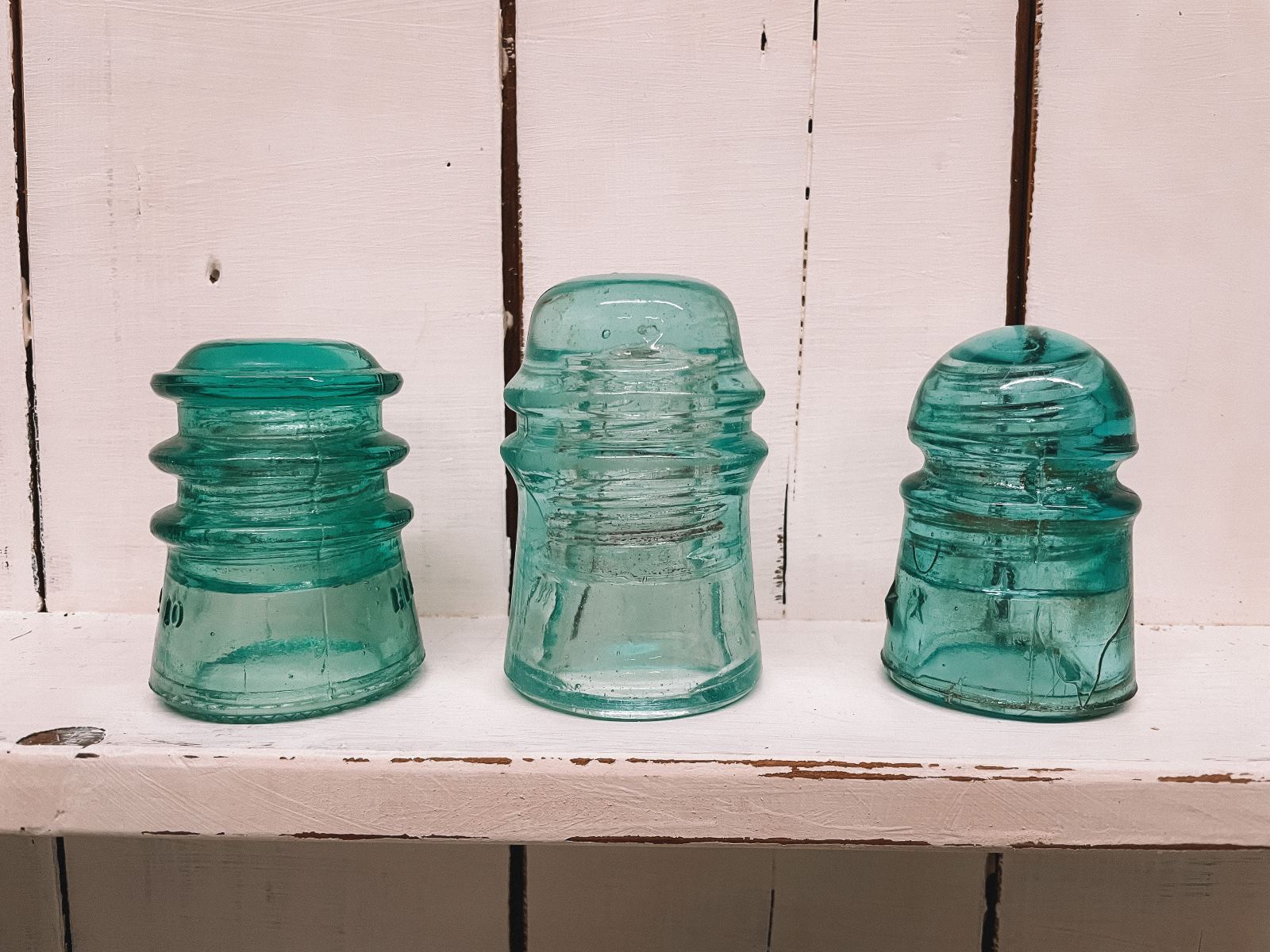


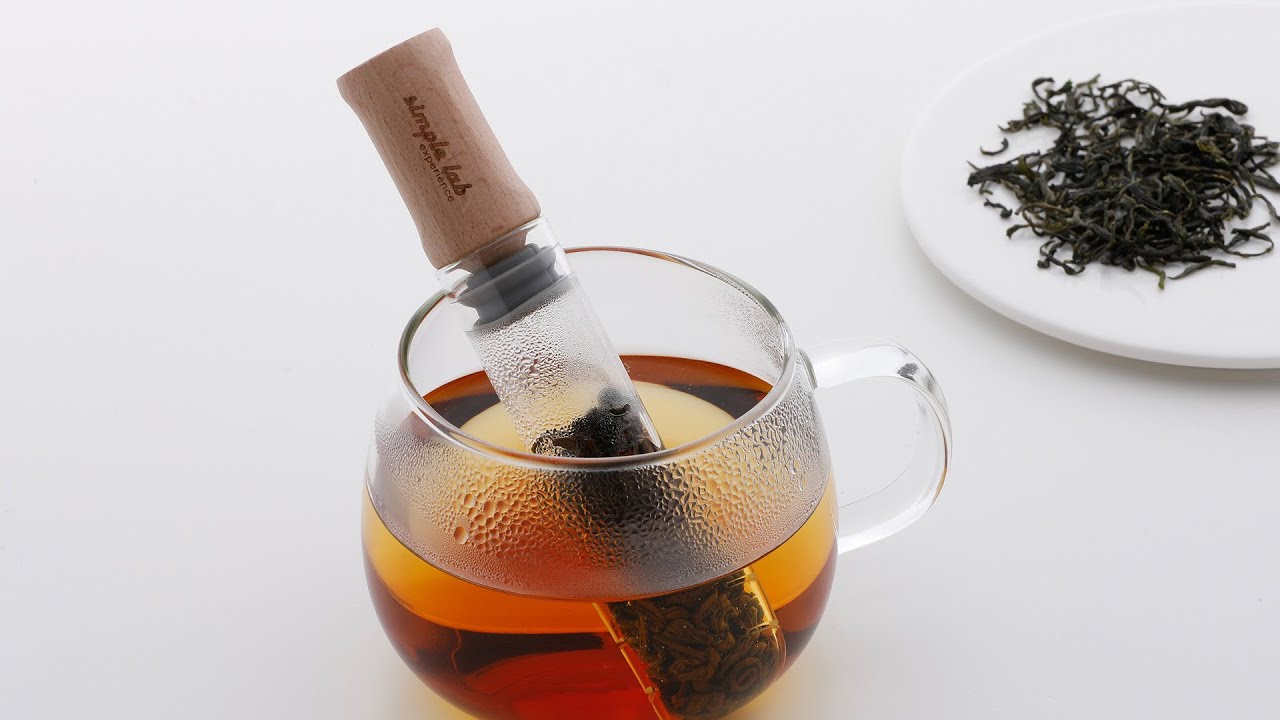

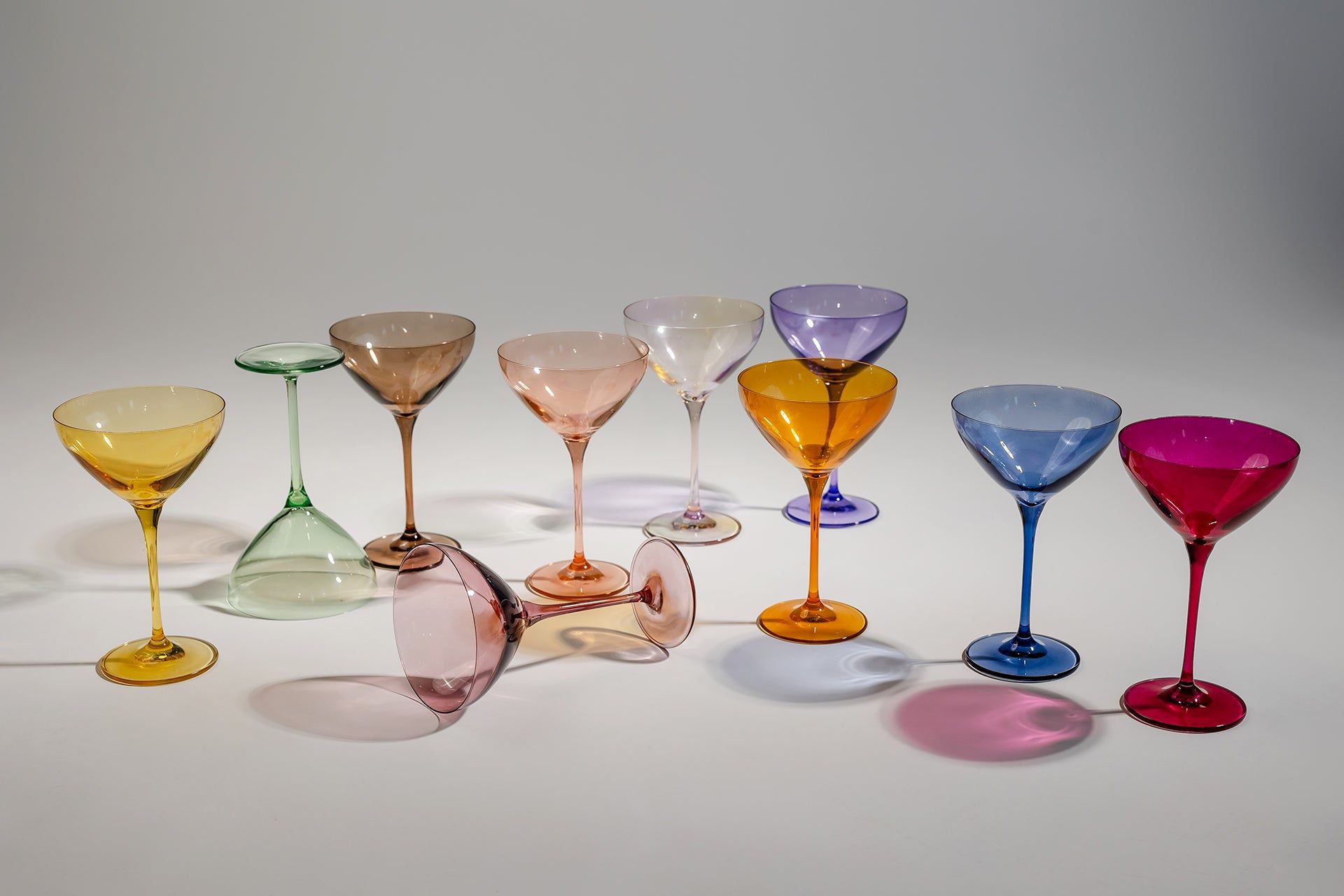
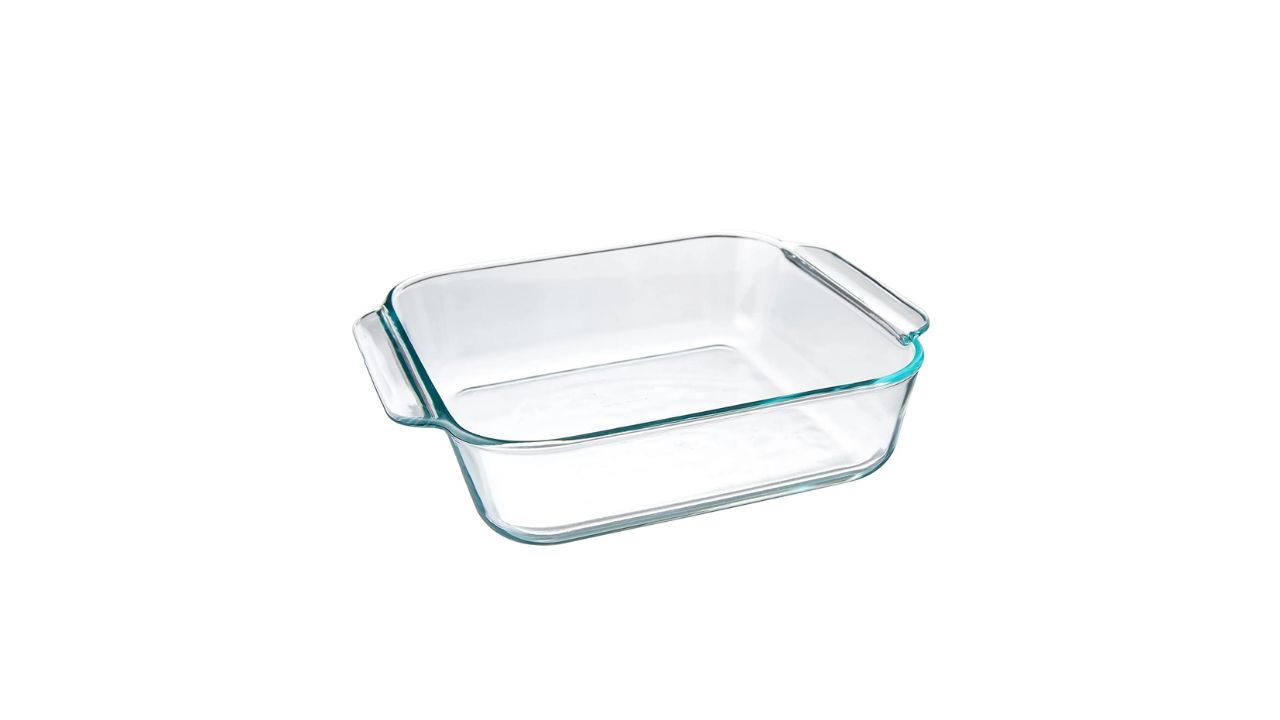

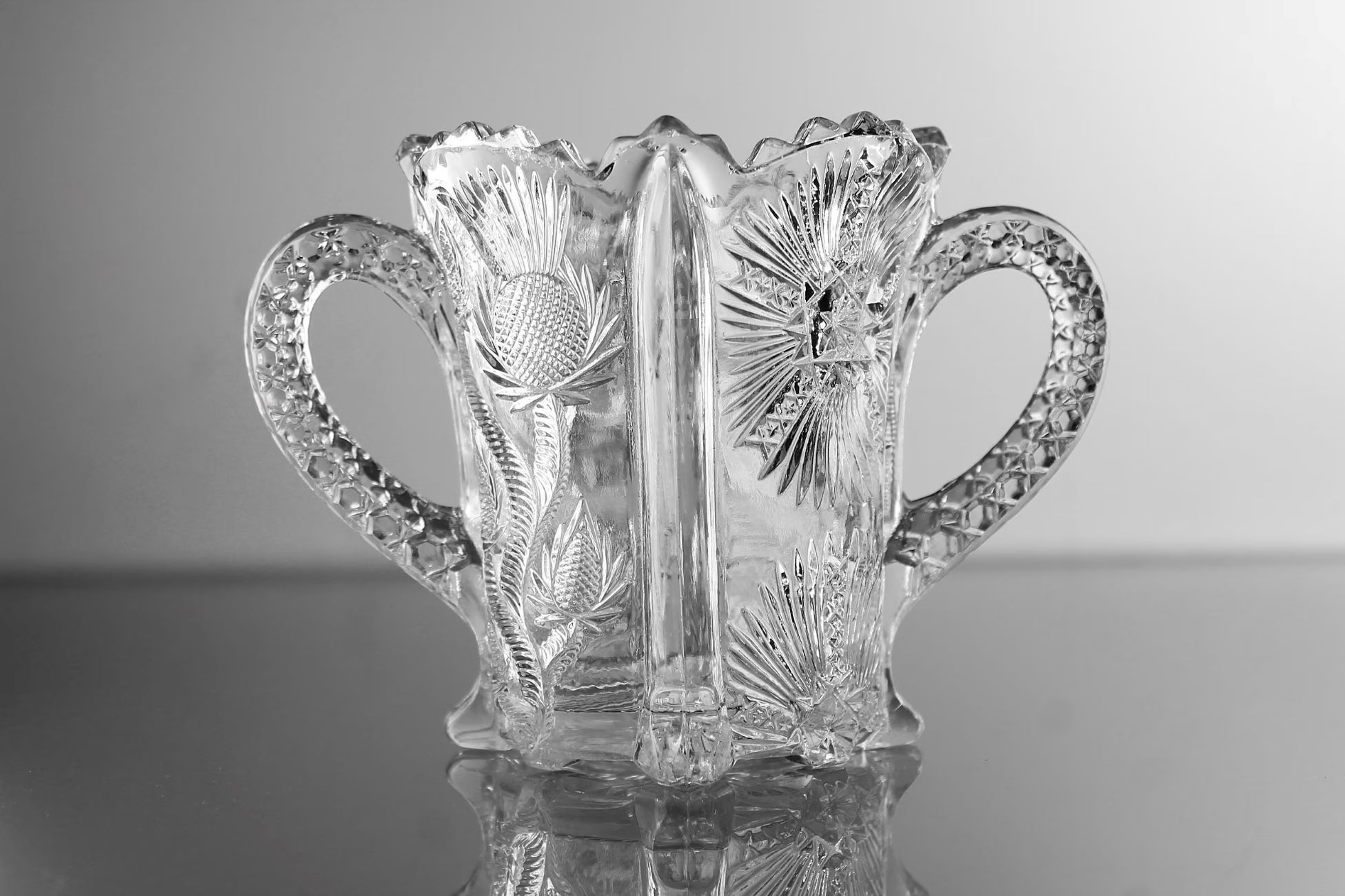
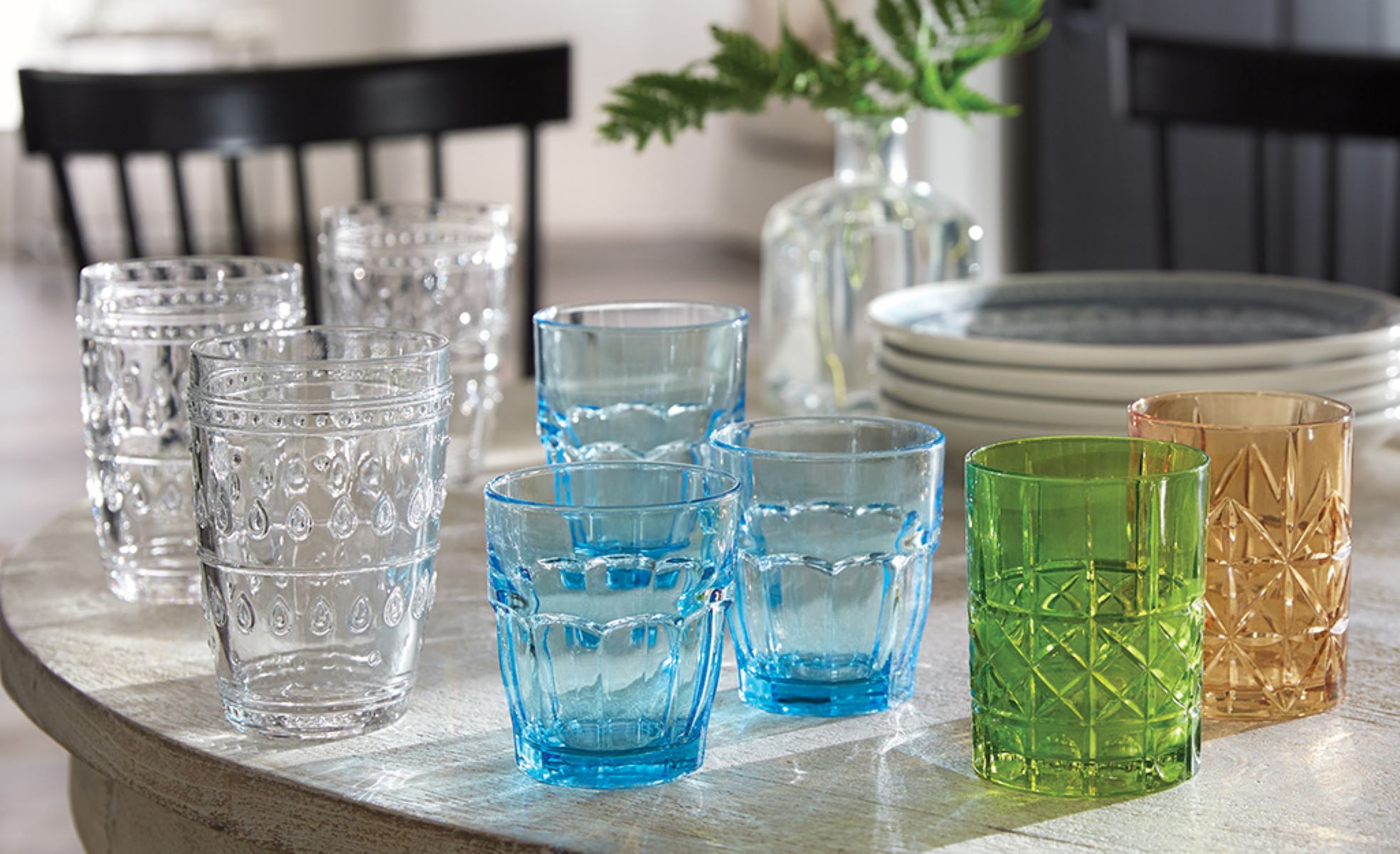




0 thoughts on “What Is A Cordial Glass”